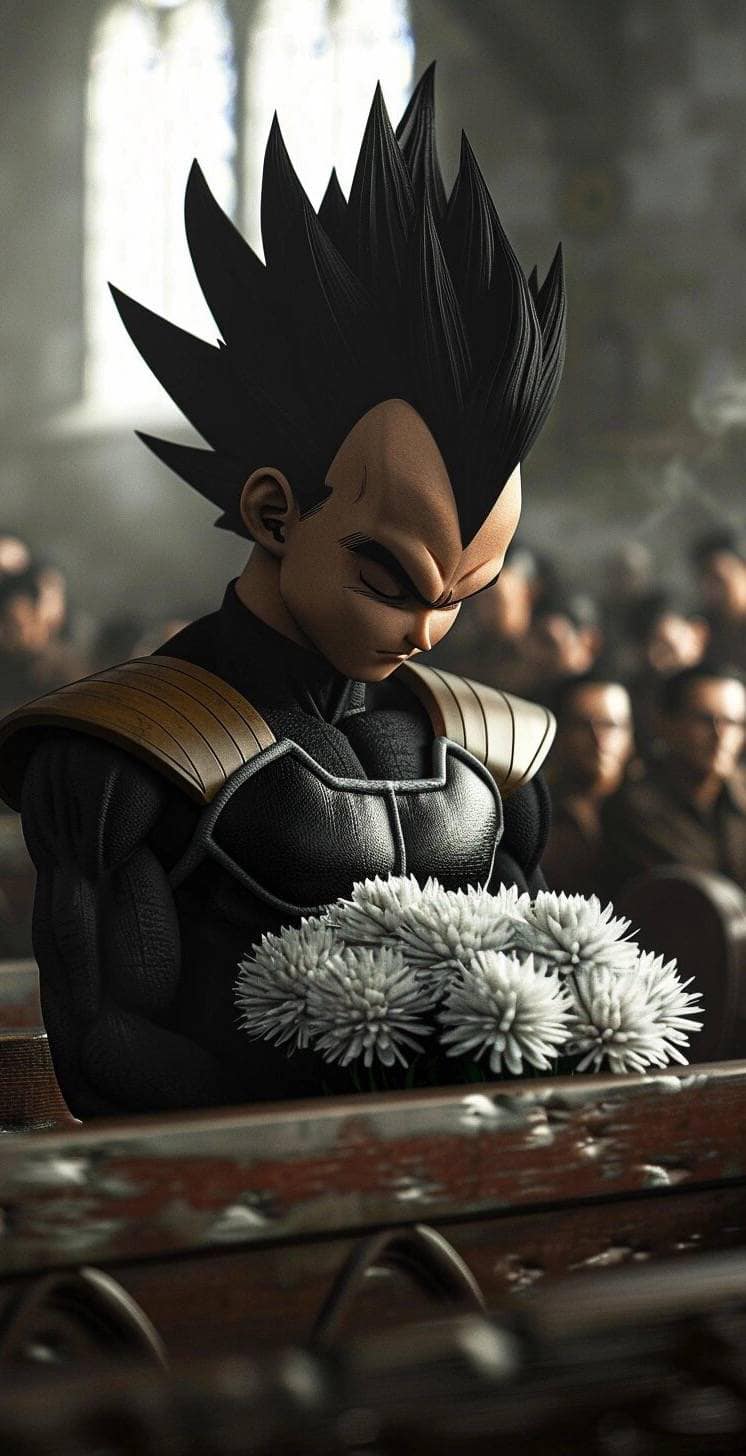Known for her florals and abstract expressionist works, tattooist Gong Greem speaks on being authentic.
I first came across Gong Greem three years ago. Resembling Henri Matisee’s later works, her tattoos stuck out to me among hundreds of tattoos I saw that day. Although she had just begun her career, I was confident that she was going to be a star. To my surprise, she respectfully declined when I reached out for an interview. She said she wasn’t ready. She did however, promise to talk to me once she gained more experience as a tattoo artist.
Over the years, I kept a close eye on Gong Greem as the number of her Instagram followers grew. Later, when I ran into her at a gallery where she was preparing for her opening, I, again, asked for an interview. She was as optimistic and energetic as I had remembered her; and now with years of experience under her belt, she was ready to share her story with the larger tattoo community.
“I wanted to create something new,” she says. A pioneer at heart, Gong Greem explains that she did not want to follow any traditions. She had considered realistic tattoos like many others did in Seoul, but soon realized that it wasn’t for her. Instead, Gong Greem was determined to come up with something that no one really has tried before. “I always had a clear sense of what I liked and disliked. So I decided to focus on texture.”
“Oil pastel, especially Sennelier’s and Caran d’Ache’s, is my most frequently used medium. But I also work with pencil and charcoal,” Gong Greem adds. Seeing how realistic tattoo artists recreated masterpieces like The Kiss at the beginning of her career, Gong Greem remembers also her desire to draw on people as if she is simply drawing on a piece of paper. “For me, it’s really about recreating my art on skin.”
Through her tattoos, Gong Greem hopes to share her love of unique textures. “I love art that is rough and raw, which fully reflects the artist’s personality. To give some examples, artists like Hilma af Klint and David Hockney,” she says. This is why Gong Greem loves oil pastel—she finds it honest. “There’s no way to hide your mistakes when using oil pastel, just like tattoos. Also, even a simple line is given a distinct character—whether it was intended or not—because of its texture.”
On the other hand, her shapes tend to be simple. “I draw abstractly because it allows me to deviate from what is expected and to express myself more,” she explains. Her portfolio is filled with various shapes, including many rough sketches of tulips, which she points out as one of her favorite motifs. “There was definitely the influence of Matisse, but I really got into plants because that’s what my clients wanted.”
“Artists can only thrive with the love of the people who appreciate their work,” she explains. Gong Greem notes that her clients have mostly been women, who often requested that she tattoo flowers. This worried her at first. “I wanted to do something new and I felt like working on flower tattoos was such a cliché,” she says. “But then, as I began working on these designs, I found myself taking notice of different plants on my daily commute. I started to be mindful of everything around me. I realized, then, how little I really knew about things. I couldn’t even name the tree that I saw every day.”
Now, Gong Greem purposefully wanders around Seoul every day. She tries to intently observe the world around her, even picturing what the city would have looked like hundreds of years ago. These moments of inspiration remind her that she has picked the right profession. “I am happy when I draw, and I draw to be happy. It’s possibly the most important part of my life, second to family. When I’m sad, I don’t think about expressing my negative emotions through art. It’s more like, I’m sad, so I’ll draw to feel better.”

Like many other tattoo artists, Gong Greem sees no real difference between a traditional painter and a tattoo artist. “I think I’m simply a painter who draws on human skin,” she says. “I’ve had many great art teachers who weren’t fixated with fitting me into a box but instead encouraged me to fully express myself. I have always treated art with the deepest passion and being a tattoo artist is no different,” she says.
Still, Gong Greem recognizes the profession’s unique ability to turn the human body into art; she is deeply grateful to those who appreciate her art enough to keep it with them forever. “I also want those who like my tattoos to feel that they want to try drawing with the materials that I draw with. That’s how I’d know that I’d made a difference. It’s like how you become motivated to learn how to play the violin when you see someone play beautifully,” she says.
In the near future, Gong Greem envisions her work gracing a gallery in New York City, where she can display her paintings on one side of the room while tattooing on the other. “I want to be more abstract, more explorative with my artistic expressions,” she says. Until then, Gong Greem hopes to continue growing, both as an artist and as a person. “I think an artist expresses herself not only through her art but also through her growth as an individual. I am very much interested in learning more about the world and hope to contribute to establishing a tattoo culture where everyone and every genre can be accepted and appreciated. I am excited to bring new changes.”





























